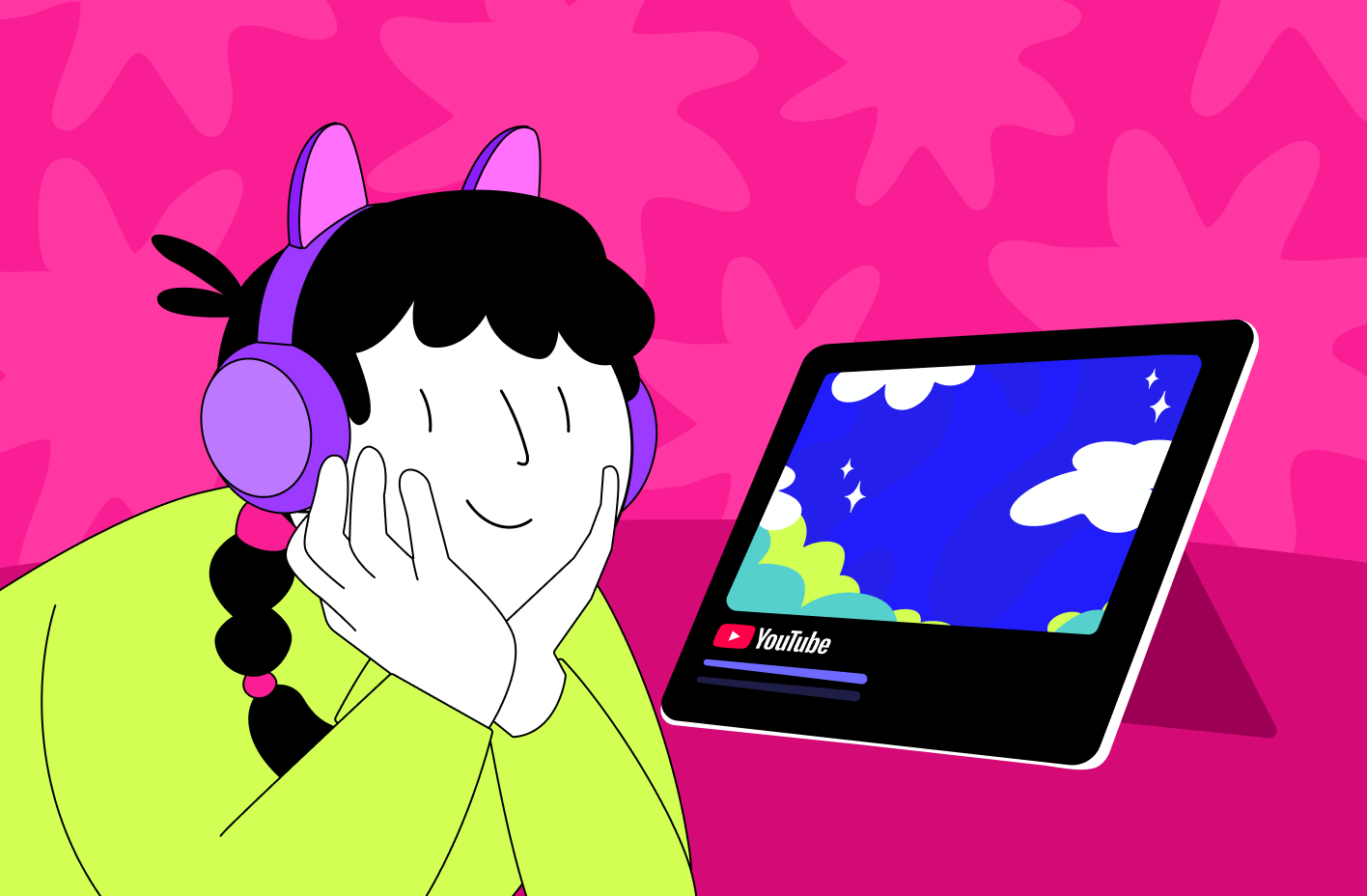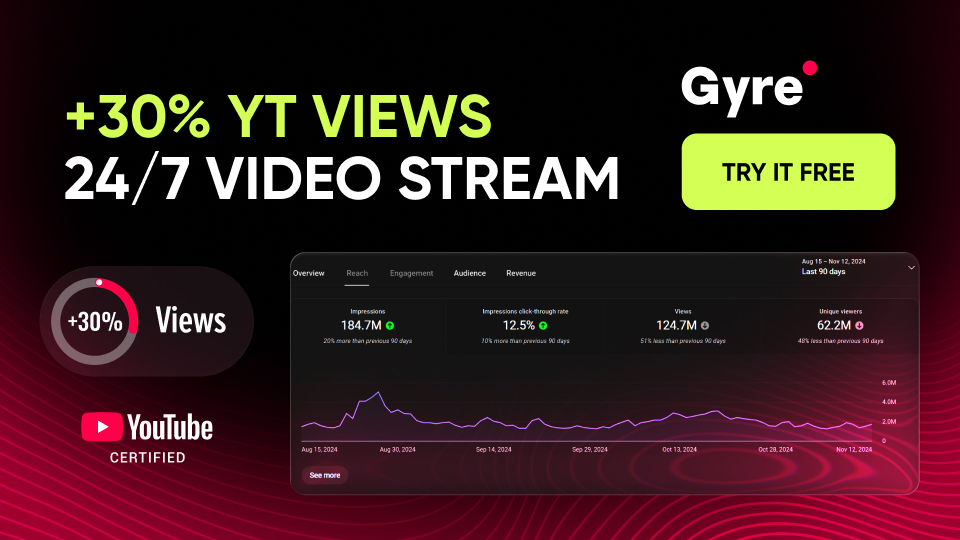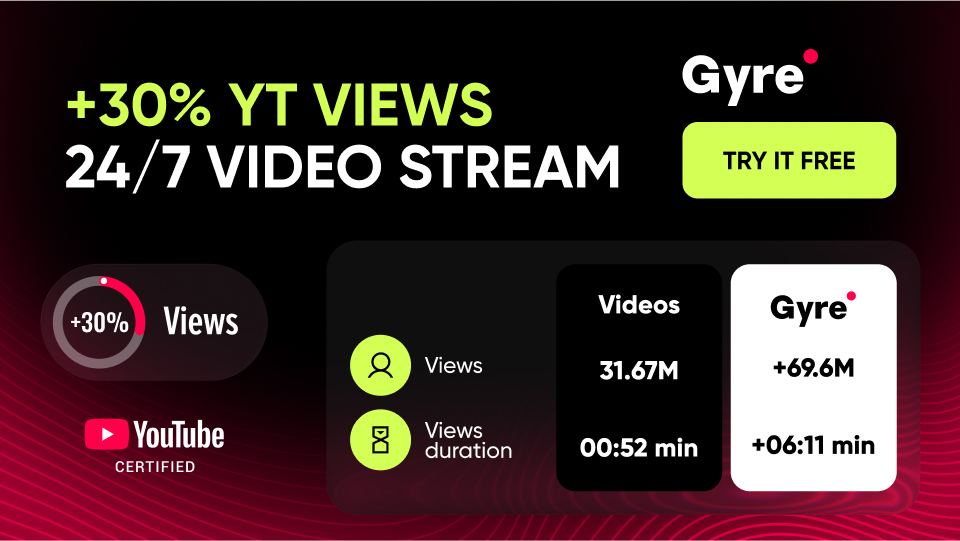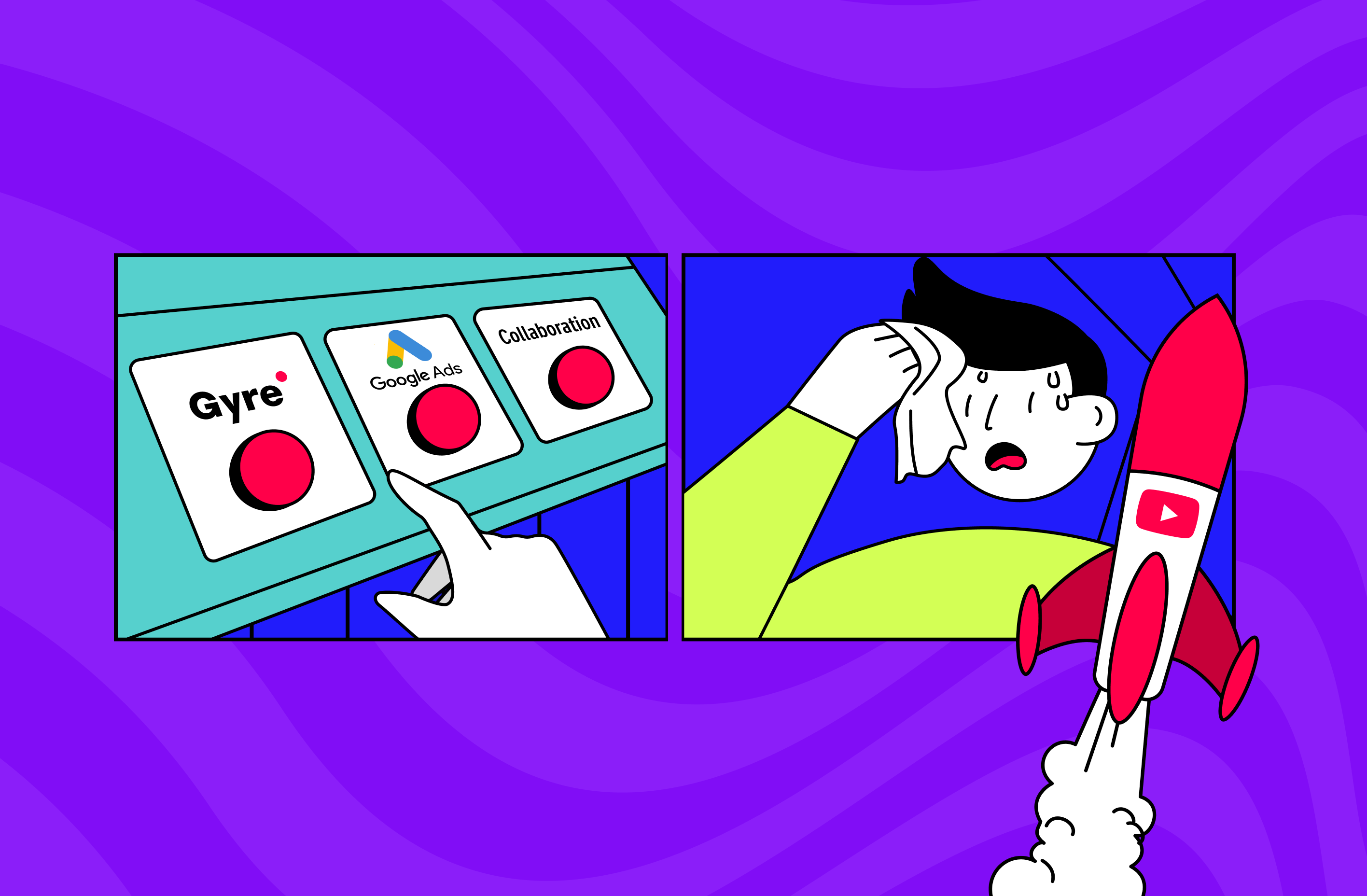Understanding YouTube's Policies for Kids Channels
YouTube has strict restrictions on advertising videos for kids. In particular, in channels marked “Made for kids”/”For kids”:
- Targeted advertising with the personal data of users and their cookies is prohibited;
- Advertising of alcohol, medicines, gambling, and other products/services from the 18+ category is not permitted;
- Advertising must be appropriately marked and generally distinguishable from other content;
- Advertising must comply with the requirements of COPPA (Children's Online Privacy Protection Act).
In general, content can be marked as “made for kids” if it:
- It is aimed at an audience under 13;
- Has a topic that will be of interest to kids (i.e., toys, fairy tale characters, cartoons, etc.);
- It is presented in simple language or has an educational purpose or other children's focus.
You should note that YouTube independently checks videos for compliance with the above requirement, using software algorithms and manual verification tools.
Monetization Strategies for YouTube Kids Channels
Let’s analyze all available YT monetization types for kids' channels.
YouTube Partner Program
To become a part of the YouTube Partner Program, you must:
- Have at least 1,000 subscribers on your channel and at least 4,000 hours of watch time in the last 12 months or 10 million views of short videos in 90 days;
- Get 500 subscribers with 3 valid public uploads in the last 90 days and 3,000 valid public watch hours in the previous 12 months, or 500 subscribers with 3 valid public uploads in the previous 90 days and 3 million valid public Short views in the last 90 days;
- Comply with the platform's rules, including Community Guidelines and monetization requirements;
- Have no violations in your channel history, including copyright strikes;
- Enable two-factor authentication for additional account protection;
- Provide tax information to receive payments.
As for YouTube kids' channel monetization tips, based on the experience of famous kid content creators, it makes sense to create long videos (since children often watch YouTube kids' content in the background). It is also worth carefully planning the publication time, choosing the hours when children and their parents demonstrate the highest online activity (for example, after school or on weekends), and considering using YouTube Premium.
Brand Partnerships and Sponsorships
Alternatively, you can also partner with brands that target kids. To do this:
- Identify your target audience – in particular, if your channel is dedicated to education, look for brands that promote books, educational apps, or educational board games;
- Indicate your channel statistics and offer potential partners ideas for joint campaigns;
- Promote the brand by organically integrating advertising into the plot of your videos;
- Prepare scripts to make the advertising equally enjoyable for children and their parents.
Finally, you must ensure that your content complies with YouTube’s requirements and laws – otherwise, it may be blocked.
Crowdfunding and Donations
Another way to get support from your audience that brings in income is through crowdfunding and donations. To do this, you need to:
- Choose a platform to collect donations (usually this is Patreon, Ko-fi, or Buy Me a Coffee);
- If your channel participates in the YouTube Partner Program, you can offer paid memberships directly in your videos;
- Offer exclusive content (for example, private streams or behind-the-scenes materials), as well as open early access to new videos;
- Create additional digital materials, such as educational tasks or games related to the topic of your channel;
- Don't forget to mention the names of donors in your videos;
- Make sure that you are asking for support from parents and not kids.
You should also occasionally tell your viewers how their money helps the channel's development—bloggers usually talk about buying new equipment, hiring experts, etc.
Affiliate Marketing
Suppose you don’t want to rely solely on monetization of the kid's YouTube channel. In that case, you should also consider affiliate marketing, which involves promoting products or services that match your audience’s interests and earning a commission for every purchase made through your affiliate links. To do this, you need to:
- Choose an affiliate program – for example, Amazon Associates, ShareASale, or CJ Affiliate;
- Contact manufacturers of children’s products to negotiate a partnership without intermediaries;
- Add links to the video description with a short explanation;
- Don’t forget to place links on third-party resources, such as your website or other social platforms;
- Don’t make your video entirely promotional – instead, show how the promoted product helps in everyday life, highlighting its advantages and disadvantages;
- Think through calls to action, for example: “If you liked this toy, you can order it by following the link in the description”;
- Use tools like Bitly or UTM tags to analyze the performance of your links and understand which products are of most significant interest to the audience;
- Be sure to indicate in the video's description that yours contains paid links – the platform requires this.
Educational Courses or Apps
Creating and promoting educational materials or applications can also become your income source. To implement this idea, you need to:
- Identify the needs of your audience by analyzing the comments under your previous videos;
- Conduct surveys to find out what educational materials parents are ready to purchase;
- Choose the format of the educational product – these can be video lessons, interactive classes, virtual master classes, gamified educational applications, e-books, flashcards for learning, etc.;
- Make sure that your content is of high quality – your video lessons should be engaging and adapted for children;
- Involve experts (for example, teachers, child psychologists, or developers if we are talking about launching an application);
- Test your product on a group of real users and optimize it after receiving feedback;
- Promote your product both through your channel, dedicating new videos to its overview and demonstration of its advantages, and through partnerships with other children's bloggers and educational groups on social networks;
- Consider offering some content for free to encourage parents to buy the full version.
Tips to Maximize Monetization Efforts
Finally, we would like to give a few recommendations that would allow you to maximize your YouTube kids' monetization:
- Diversify your income sources by combining advertising, sponsorship, and sales of your products – the main thing is to do this moderately so that your channel does not look like a bulletin board;
- Invest in professional equipment and video editing tools to attract big brands and increase the loyalty of the children's audience;
- Cooperate with other kids’ channels for cross-promotion and increase reach.
Adapting to Regulatory Changes
To comply with the platform's rules and avoid YouTube demonetizing kid videos, you need to:
- Continuously check for changes in the platform's policies, especially regarding children's content;
- Monitor compliance with COPPA and other regulations;
- To avoid fines and gain the trust of young viewers and their parents, maintain a balance between monetization and caring for the audience.
Conclusion
In general, you should understand that YouTube channels for children require a unique, well-thought-out approach since the list of policies and restrictions for them is more extensive than for content for an adult audience. On the other hand, if you do everything right, you will get a stable source of income, which will likely become your main one someday. If you would like to learn more about the specifics of creating content for YouTube, check out other articles on our blog.







